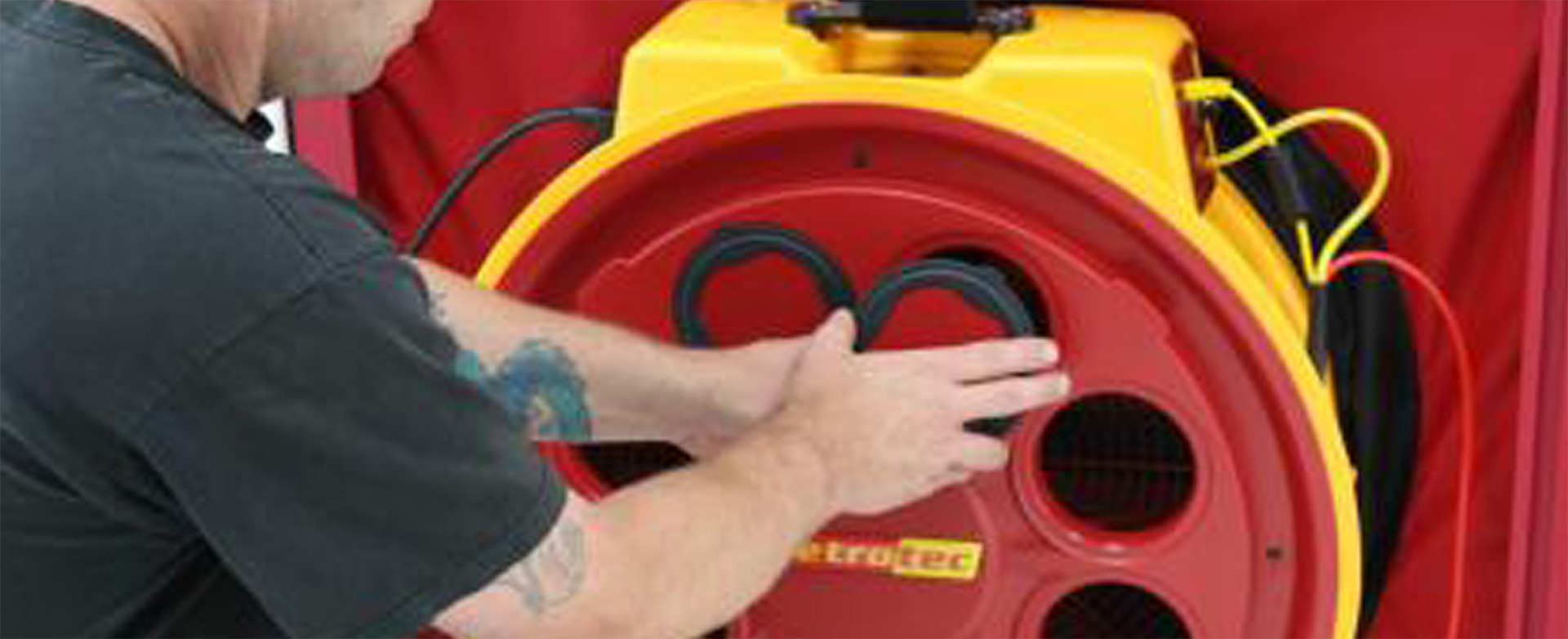rCloud Releases & Updates
 Major Enhancements Are Right Around the Corner
Major Enhancements Are Right Around the Corner
October Release
- Feature 1: Completion of the ATTMA (Air Tightness Testing & Measurement Association) standard. This standard is primarily used in the United Kingdom but also used or referenced in 90 other countries. This standard has two types of test available: Single Direction Multi Point Test and Dual Direction Multi Point Test. A lot of the groundwork for ATTMA was completed in the September release (1.1.7) however due to time constraints and the size of the feature some functionality was pushed into the October release. The biggest piece of this feature to be added is to allow user input of the fan flow equation parameters received when a test fan is re-calibrated, and have these parameters be used in calculating flows. The other functionality to be added will allow rCloud to gather the post test information about environmental conditions, store the additional data in the cloud, and modifications to the report to display the new data.
- Feature 2: We are adding new test types to allow a generic air leakage testing which is not tied to a particular standard. We will offer single point and multi-point options. We will also off the ability to for users to enter a CFM, ACH and CFM/Sq Ft values for the pass/fail result.
November Release
- Feature 1: The completion of ISO 9972:2015 standard as a test type. This standard is generally in use in Europe and worldwide (except North America). To support international users, the ability to choose from multiple languages and specify units for the measurements have been added to rCloud (releases 1.1.5 and 1.1.6) and will roll out fully with this release. As with current building testing standards already in rCloud, ISO 9972:2015 is intended for the measurement of the air permeability of buildings or parts of buildings in the field. The new rCloud tests will facilitate the measurement of the air leakage of building envelopes of single-zone buildings (and for the purpose of this international standard, many multi-zone buildings can be treated as single-zone buildings by opening interior doors or by inducing equal pressures in adjacent zones). As with the ATTMA standard, rCloud will offer a multi-point test, performed in single or dual directions.
- Feature 2: Implement a Demo version of the ANSI/RESNET/ICC 380 standard in order to gather feedback from users and stakeholders. The workflow to capture all the relevant information will be the main focus of the demonstration, to ensure that the process to be used with rCloud is in keeping with the procedures laid out in the standard. This standard provides a consistent, uniform methodology for evaluating the airtightness of building envelopes and heating and cooling air ducts, and the airflows of mechanical ventilation systems.
- Feature 3: Integration with Retrotec’s Excalibur project which will provide access to the fan flow equation parameters from the cloud, based on fan serial number so users do not have to enter them. This feature is integrating rCloud with a current Retrotec project to store fan calibration data in the cloud. When a fan is calibrated at Retrotec or a Retrotec affiliated lab, the fan flow equation parameters (sometimes called coefficients) will be pushed to the cloud and made accessible to other software. rCloud will use the serial numbers for the test fans entered by the user to get those parameters from the cloud and store them without the user having to laboriously enter them into the app.
December / January Releases
- Feature 1: Complete the implementation of the test procedure for ANSI/RESNET/ICC 380 standard.
- Feature 2: Allow users to customize the output reports. rCloud will provide the user the ability to brand reports by adding logos and other pertinent information. Information specific to certain authorities having jurisdiction over the testing (e.g., code officials) is sometimes required and rCloud will give users a way to enter this information to be added to the reports. Users will thus be able to generate custom reports that will fulfill any requirements by their specific governing bodies.
Future Releases
- Allow users to update test locations, add notes and photos to tests, and perform other operations from a website portal (rCloud ASP.Net portal)
- Demonstration mode for rCloud tests: shorten the length of some tests so they are easier to demonstrate with or practice. They would no longer conform to the standards.
- Linking tests together: allow users to link tests to show test results at various stages of construction.
- Duct test to outdoors: use two gauges to do a blower door and duct test at the same time.
- Customize the ISO:9972 tests to check compliance with the country specific variants of the standard such as the one used in France
- European standards for duct testing




